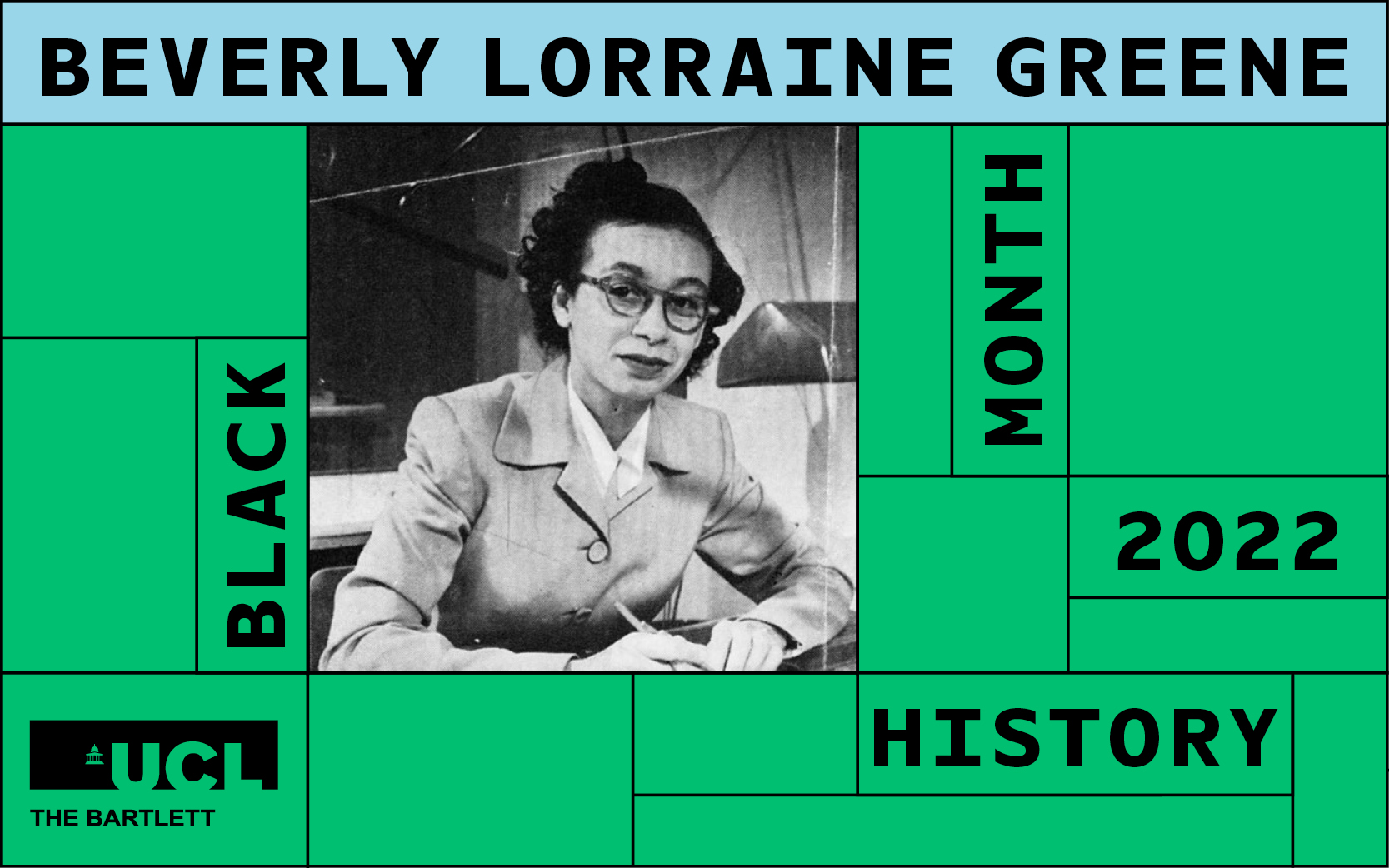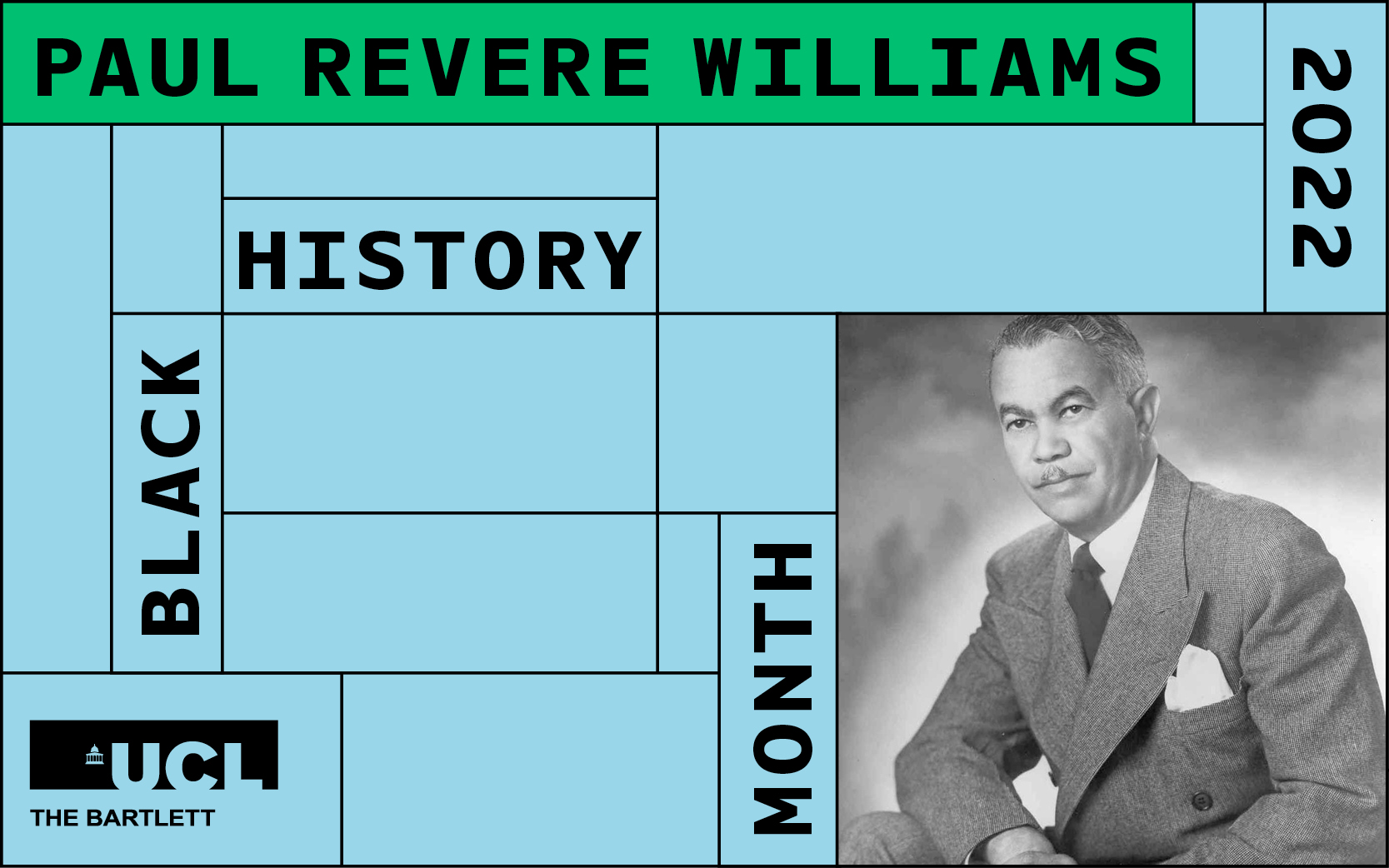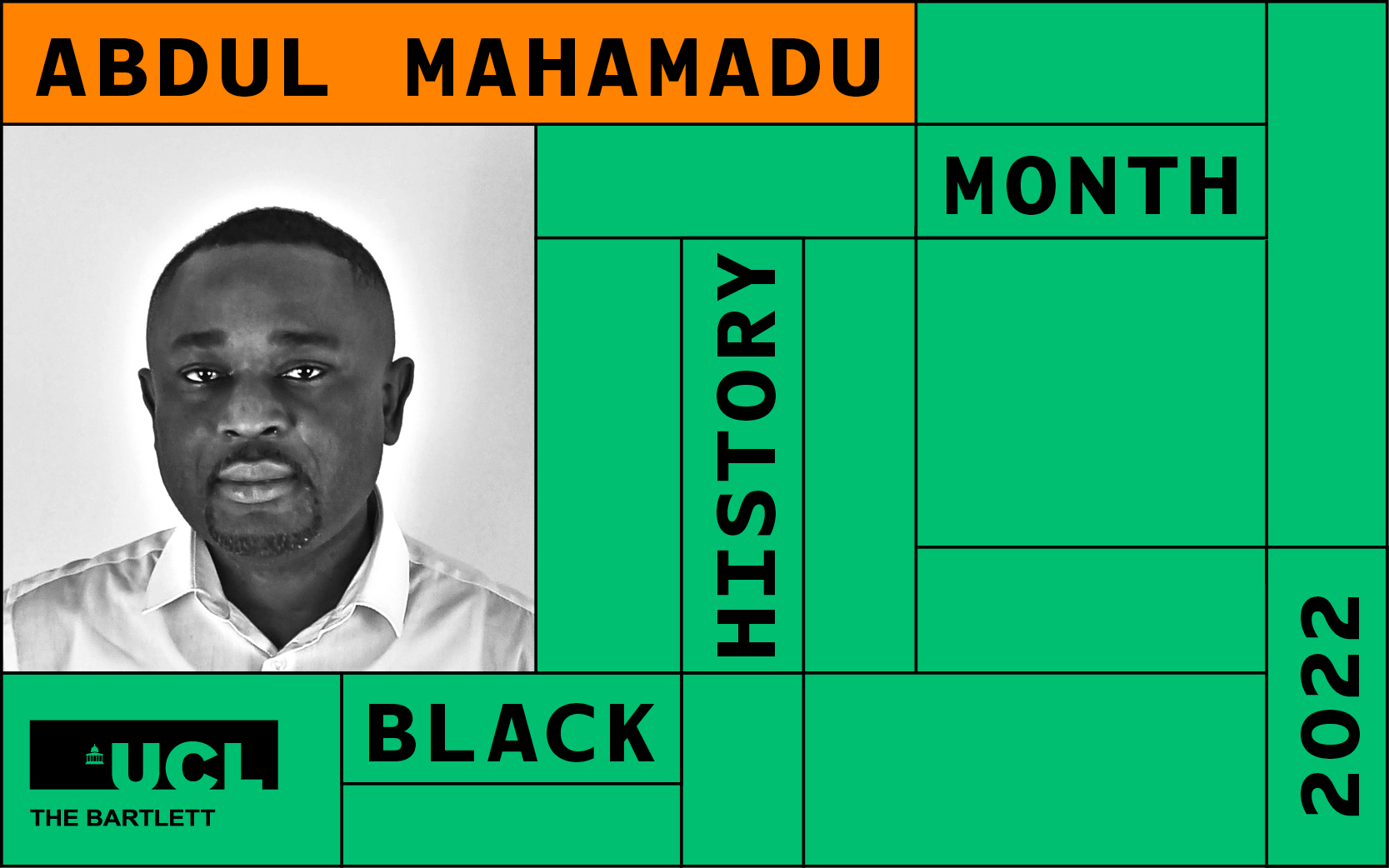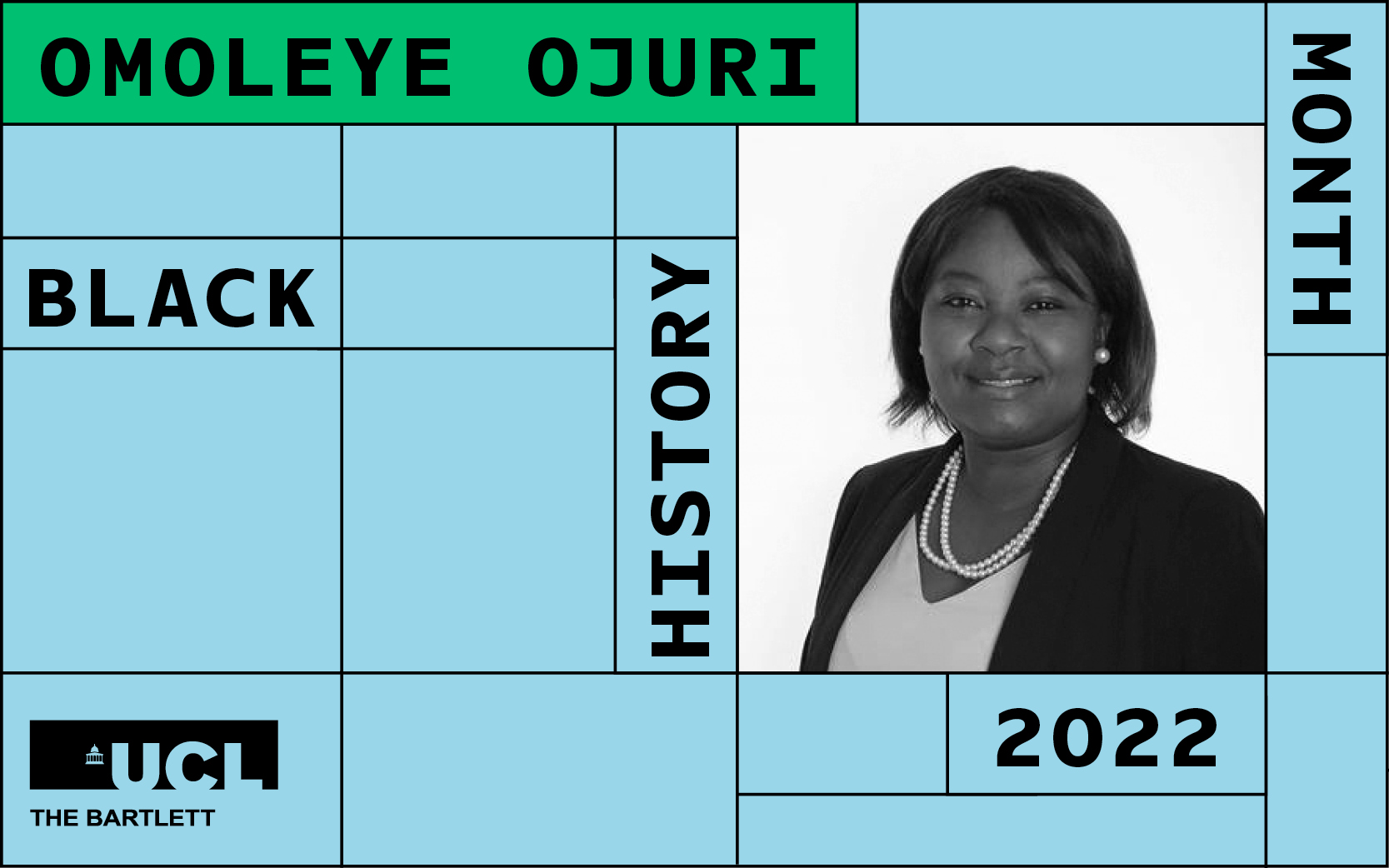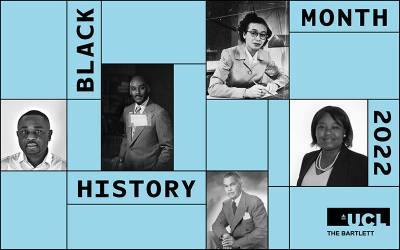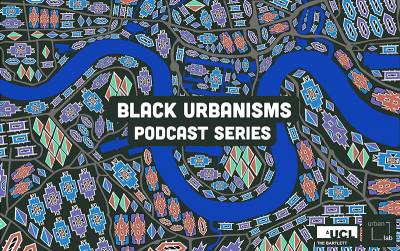Fighting racism through urban planning: Samuel J Cullers
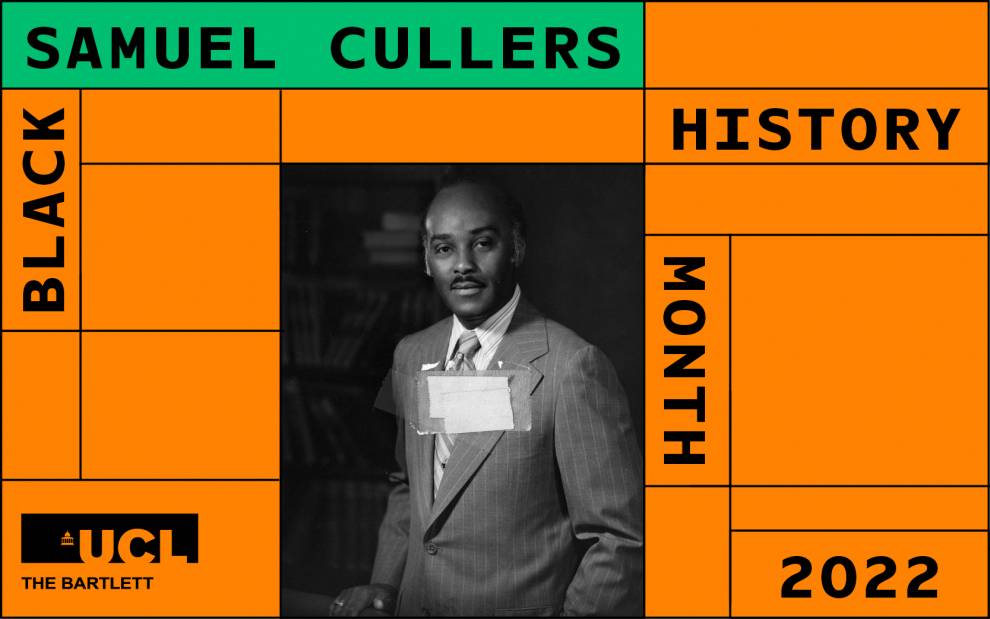
Samuel J Cullers (June 1918 – September 2005) overcame racism and barriers related to his race to become the first Black professionally trained urban planner. His work impacted on cities across the globe, from Bangkok to Toronto, and he was an esteemed leader and active community member throughout his nearly 50-year career.
What was his background, and how did he come to work in this area?
Not a lot is known about the early life of Samuel Cullers, but he was born on 16 June 1918 in Chicago, Illinois. He attended Fisk University and earned a bachelor's degree in Economics and Sociology in 1948. He won the John Hay Whitney Fellowship and went on to earn a master's degree in City and Regional Planning from Massachusetts Institute of Technology (MIT) in 1952.
Even though Cullers was repeatedly told that he should put his hopes aside of becoming an urban planner because of his race, he never listened.
What work did he do, and why was this so important for the built environment field at the time?
Cullers is recognised as the first Black professionally trained urban planner and an advocate for ending housing discrimination against Black families (which he also experienced twice in the 1950s). For nearly half a century, his career stretched from Chicago and California in America to Bangkok in Thailand and Toronto in Canada.
He was also an active member of the American Planning Association (APA), taking on leadership roles within local chapters and at the national level. Cullers was an extremely active member of the community beyond his professional life, serving on the boards of many non-profits including the Red Cross, United Way, and NAACP.
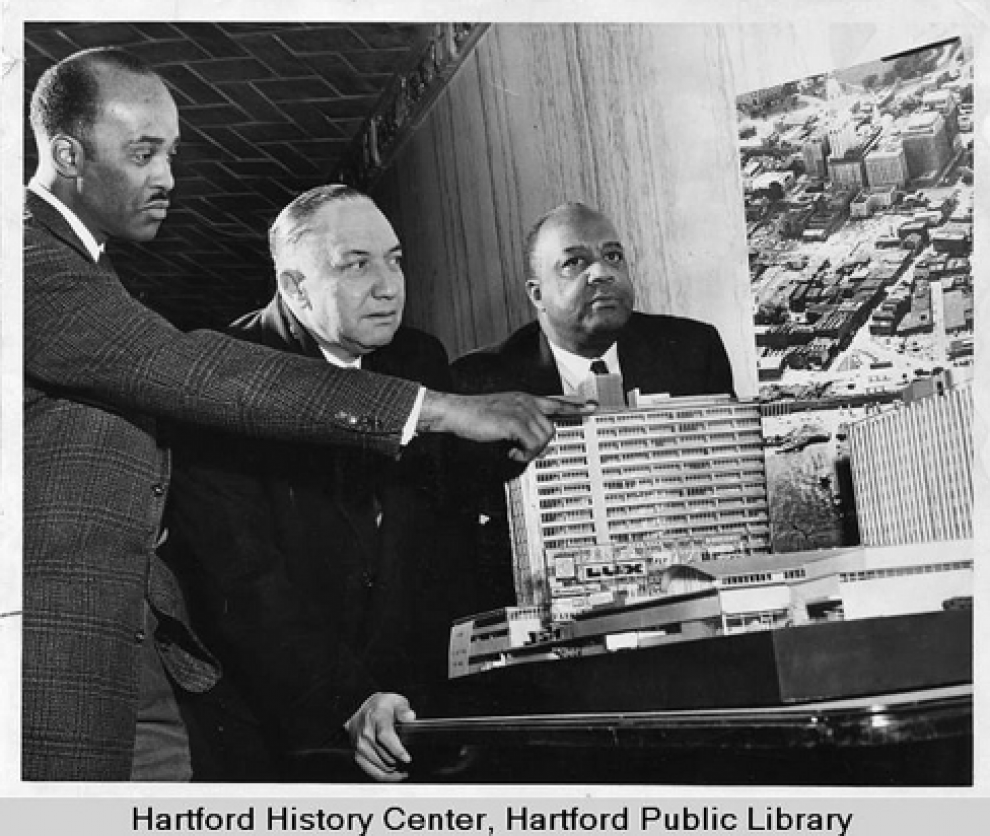 How does their contribution impact the built environment field today? What does this mean for Black people around the world today?
How does their contribution impact the built environment field today? What does this mean for Black people around the world today?

Cullers fought against racism as an activist for the rights of Black Americans and their representation in planning and development decisions continuously throughout his adult life.
Unfortunately, 66 years later, racism in housing decisions and access is still an issue across the United States. In 2020, the Census Bureau reported that Black households had the lowest homeownership rate at 44%, nearly 30 percentage points behind white households.
Continuing Cullers’ legacy, there are organisations working hard to eliminate racism in housing decisions, and organisations fighting gentrification, changing planning/zoning laws, increasing Black homeownership, and improving access to quality housing.
References
A Look At Housing Inequality And Racism In the US - Forbes
Samuel J. Cullers, the First Black City Planner - CoUrbanize
The Story of Samuel J Cullers - American Planning Association
11 Black Urbanists Every Planner Should Know - American Planning Association
 Close
Close


